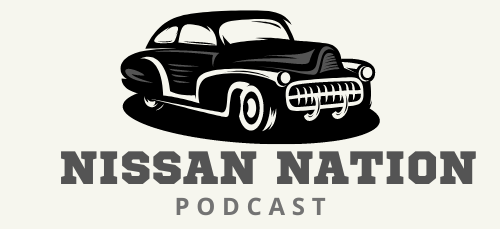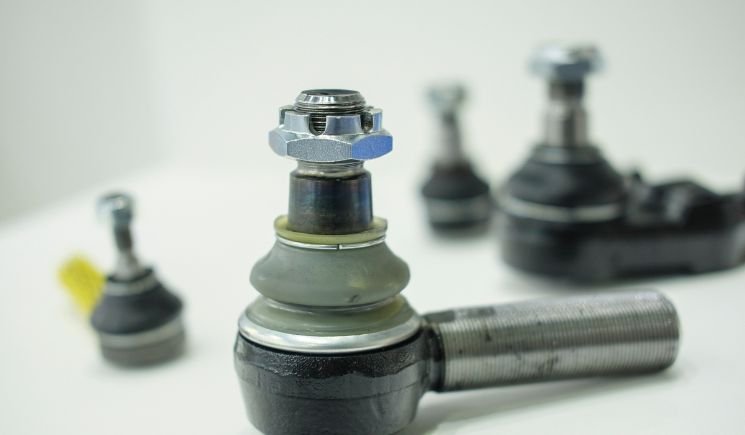Having an upper control arm bolt that spins freely when trying to tighten it can be incredibly frustrating. This issue prevents you from adequately securing the control arm. Which can lead to a host of problems like loose steering, uneven tire wear, and poor alignment.
In this article, we’ll discuss the common causes behind a spinning upper control arm bolt and the steps you can take to fix it. We’ll go over effective solutions like thread repair kits, helicoils, sizing bolts. And more to help you finally get that pesky bolt tightened down for good.
Common Causes Behind A Spinning Upper Control Arm Bolt
Damaged, stripped, or crossed threads on the bolt or in the mounting hole
- This is one of the most common causes of a spinning bolt. Over time, the threads on the bolt or in the control arm housing can become worn, crossed, or damaged, usually from repeated insertion and removal.
- This prevents the bolt’s threads from properly gripping and tightening down.
Insufficient thread engagement
- The threads on the bolt may need to be longer to properly reach and grip the threads in the hole.
- This can happen if the wrong length bolt is onboard or if multiple threads are damaged.
Poor thread fitment due to metric/SAE mismatch
- Using a metric bolt in an SAE threaded hole or vice versa can result in a loose fit that strips threads as they are together by a force.
Bolt hole has become ovalized or oversized
- The mounting holes can become distorted, enlarged, or ovalized over time. This is common in older vehicles.
- As the hole becomes larger than intended, it does not allow the proper grip needed to tighten the bolt.
Collapsing control arm bushing
- Worn-out rubber control arm bushings can compress under the force of tightening by allowing the bolt to spin freely while the arm itself tightens down onto the bushing.
Damaged or worn parts
- Damage like cracks or excessive play in the control arm, mounting points, or chassis from corrosion or prior collisions can all contribute to spinning bolts that won’t tighten properly.
Steps You Can Take To Fix An Upper Control Arm Bolt That Keeps Spinning
- Use a thread chaser tap and die to clean out any dirt, grease or debris from the threads on the bolt and the mounting hole.
- Applying a medium-strength thread-locking adhesive can help the bolt grip, and it may also help to tighten properly if the threads are clean and undamaged.
- If the mounting hole has become distorted or oversized, use a helicoil repair kit or tapping set to restore the hole to its original thread size so it can grip the bolt correctly again.
- For bolts or holes with damaged, crossed or stripped threads, use a thread repair kit with a tap and die set to rethread the damaged areas and generate new, clean threads for a proper grip.
- Out-of-shape bolts should have a replacement with a new OEM spec hardware of the proper length and thread pitch.
- Swapping out lower-grade hardware for a higher-strength bolt that can apply greater clamping force without spinning.
- Follow the manufacturer’s torque procedure and spec precisely when tightening the new or repaired bolt.
FAQs About Upper Control Arm Bolt Spinning
Q: Is it safe to drive with a loose upper control arm bolt?
A: No, you should not drive the vehicle if the bolt cannot have
a proper tight as it could lead to detachment of the control.
Q: Is this a job that I can do by myself at home?
A: Basic repairs like tightening, thread locker, or bolt replacements can be DIY. But extensive repairs like tapping threads or helicoil inserts may require shop tools and skills.
Q: If one arm has a spinning bolt, do I need to check all of them?
A: Yes, it’s very likely that all the mounting bolts are experiencing a similar wear, if one does.

